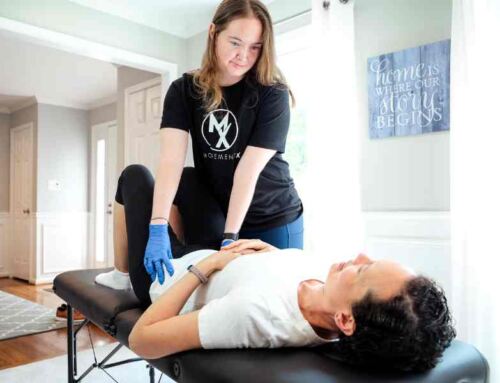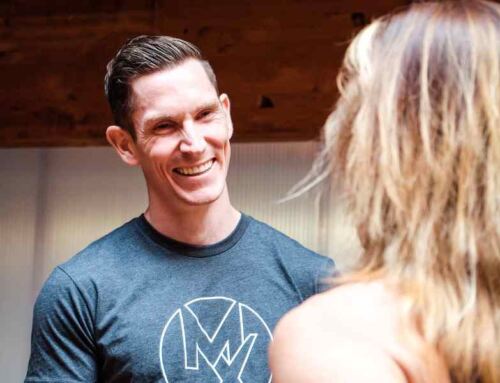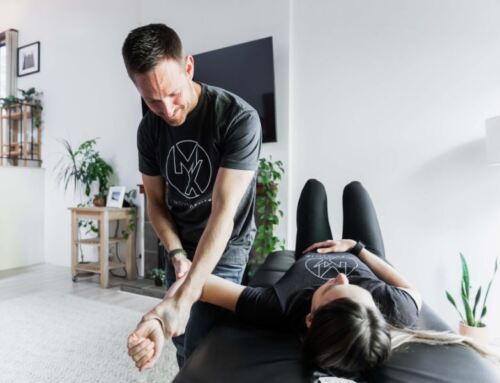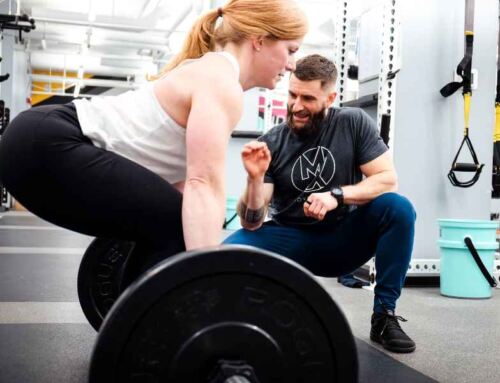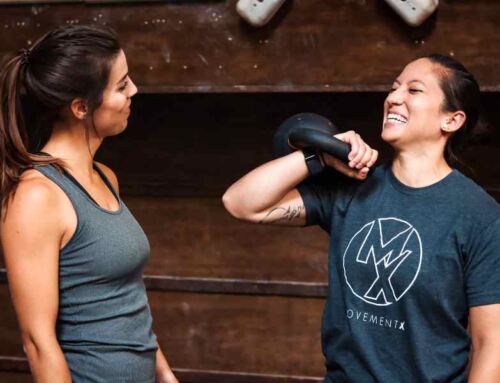Rethinking Wellness: Challenging Common Beliefs that Influence Wellbeing
Often when we talk about health and wellness, we focus on the physical and tangible aspects of health such as the importance of exercise, nutrition, and sleep. Sometimes, we discuss the importance of stress management or social connections with others. What is often not discussed is how strongly our individual beliefs and attitudes shape the reality of our wellbeing.
In a recent episode of The Huberman Lab podcast, Dr. Ellen Langer discussed the evolution of research that demonstrates how our beliefs shape our decisions, behaviors, and health. As I listened to this episode, I started thinking about how beliefs show up in patients that I have treated over the years recovering from a physical injury, managing life with persistent pain, or aiming to improve performance at an elite level. This blog series explores perspectives on how beliefs commonly impact physical ability and overall well-being, and how we can rethink these beliefs to thrive at any stage of life.
First, we will explore our beliefs about aging. Maybe you are in your 60s, 70s, or beyond and wondering if you have already realized the peak of your movement potential or if you dream of big adventures yet to come. Maybe you are in your 30s, 40s, or 50s and wondering if you are already on a predetermined path of “typical aging” or if you could be doing things now to age differently. Regardless of your current life stage, shifting beliefs about aging can transform our lives and the lives of those we care about.
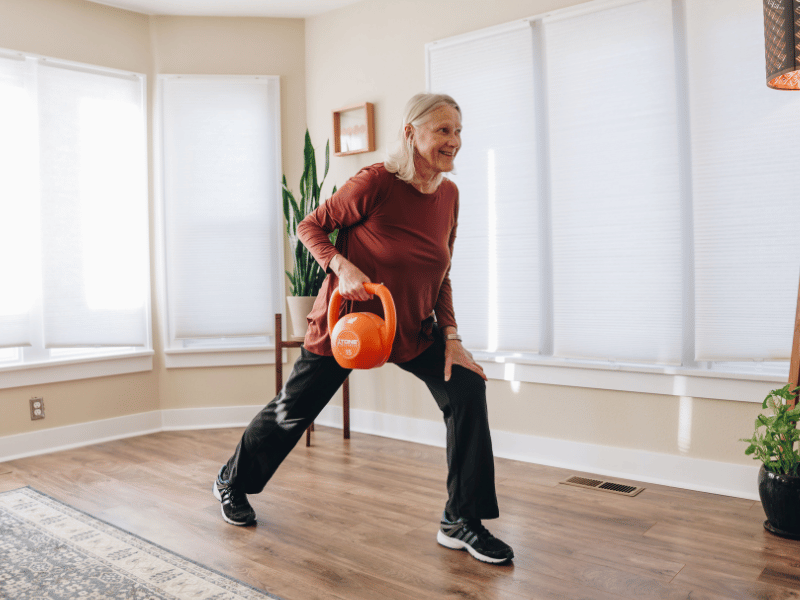
Aging Beliefs: What You See is What You Get
What does it mean to get older? What does it look like to you?
Likely, your vision of aging is grounded in what you have been exposed to in your own life. Maybe you have witnessed your parents or grandparents navigate aging. Perhaps you think of other influential figures in your life, such as teachers, neighbors, or other community members. If these folks aged in a way in which you perceived a decrease in energy or social isolation, this may be what you envision for yourself as “typical aging.”
Similarly, if you witnessed folks become more active, adventurous, and daring to take risks as they aged, this is your likely perception of “typical aging.”
The point is this: What we’ve seen and perceived in the past is what shapes our beliefs of what is “typical” and likely we’ll experience ourselves.
If we based our answers to these questions on what we see in film or other media, we might have an idea of older adults that include the descriptions of “out of touch,” “ fragile,” “senile,” or otherwise not able to participate in their own hobbies or social circles, as summarized by this USC review.
We know that what we see shapes our beliefs and attitudes, and there has been a deficiency of positive aging in the media at large. I hear many older adults expressing doubt about their abilities because of their beliefs that have been engrained about what it means to THEM to age. Have you ever heard or said something along the lines of “I can’t do this because I am just getting too old.” This is the soundtrack of doubt in our ability as we age… and too often we chalk those thoughts up to being the norm.
Positive Aging
There has been an exciting shift in the past 20-ish years that demonstrates the aspects of positive aging, often busting the aforementioned stereotypes. Older adults are leading the way to a new perspective and new narrative on aging. With the accessibility of technology, social media has become a conduit for real people to show the diversity of the aging experience. I love seeing older adults on Instagram and TikTok showing the world what it looks like to age in so many beautiful and positive ways.
Like this video of an older adult dancing after two knee replacements.
Or the world-famous “Instagrans” from the UK explaining their intentions around showing images of what matters most to them.
Or Heather Lee, who believes that we should all aspire to be our best throughout our lifetime.
These leaders have shown that aging doesn’t have to mean any one thing. They have shown a world of possibilities in aging that many people may not have been exposed to before. Now that we can see this vision, we can choose to believe in what is possible for ourselves as we age.
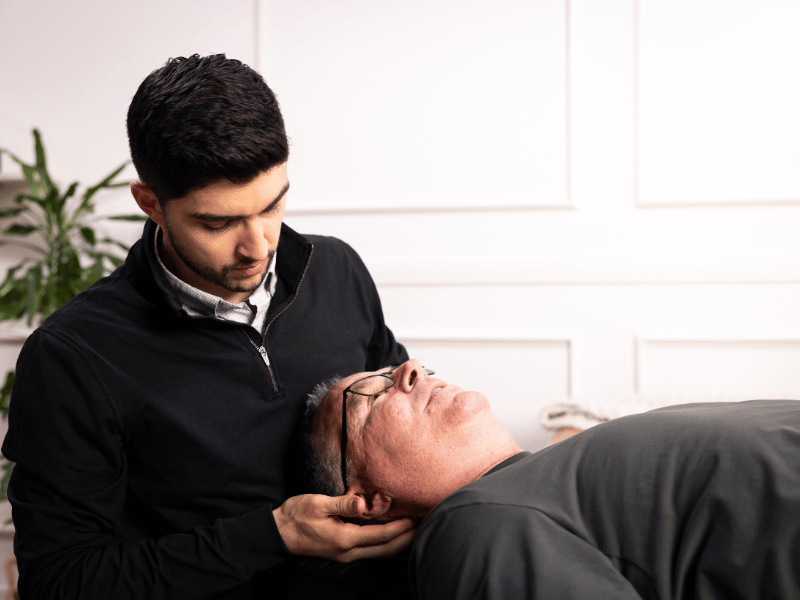
How Physical Therapists Can Help to Rewrite Your Aging Narrative
As physical therapists, we share a vision of “transforming society by optimizing movement to improve the human experience.”
We recognize that movement is what allows us to engage with the world around us and experience the things that matter most. This vision holds true for all people, regardless of age.
As a physical therapist, I envision a world in which people can move freely to experience the life that they choose. I am encouraged to see this current generation of older adults providing evidence of life contrary to the stereotypes that past media had forecasted. Once we can see it, we can believe it is possible for ourselves.
This shift toward positive aging doesn’t just inspire; it challenges us all to redefine what aging means. It pushes us to see the human experience as one that continues to evolve with purpose, joy, and vitality, rather than stagnate.
Movement plays an essential role in this redefinition. Physical therapists know that movement is key to maintaining independence, fostering mental well-being, and unlocking the simple joys of everyday life — from dancing in the kitchen to exploring new places or simply walking with loved ones.
More importantly, embracing movement isn’t just about maintaining physical health; it’s about nurturing confidence and self-empowerment. When we witness older adults breaking barriers, dancing with knee replacements, or proudly sharing their passions online, we see firsthand that limitations are often more mental than physical. Physical therapists can help us rethink our personal visions for aging and challenge us to strive for possibility rather than accepting outdated narratives.
A Challenge for Everyone
As we continue to celebrate these stories and challenge aging stereotypes, we should ask ourselves:
- What do I currently believe about aging?
- How have my beliefs influenced my choices and behaviors up to now?
- What do I WANT my aging to look like?
- How do I get to where I want to be?
Let’s reject outdated narratives and instead celebrate aging as a dynamic, vibrant part of lifelong development filled with possibility. After all, the best chapters are still being written.
References
About the Author
Dr. Beth Collier is a physical therapist with MovementX in the Atlanta, GA area. Specializing in Orthopedics and Sports treatment, Beth works with patients to reduce pain, increase strength & mobility, prevent injury, and restore function, helping individuals get back to doing the things they love. From Athletes to Active Seniors and everyone in between, Dr. Beth Collier is ready to help you live your life to the fullest.



